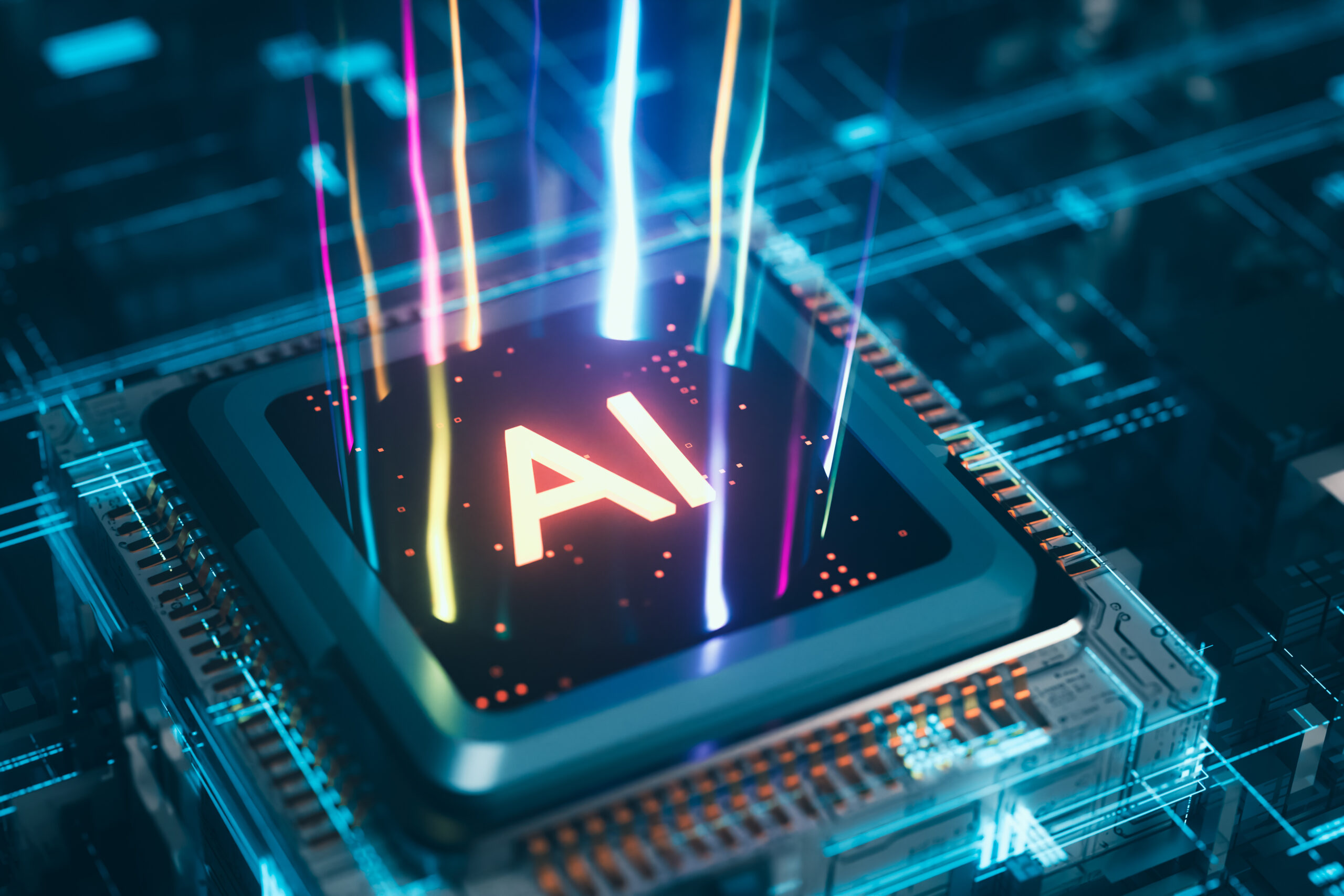Welcome to our latest article about the dynamic realm of Artificial Intelligence (AI) in digital scanning and conversion.
This post delves into how AI isn’t just a tool but a method that’s reshaping how we approach digital imaging. Our commitment to adopting AI reflects our dedication to staying ahead in technology, ensuring that our services are effective and reliable and that our customers benefit from the methods at our disposal.
This article is based on our interview with BMI’s VP of Software, which can be seen here.
The Role of AI in Digital Imaging and Conversion
Augmenting our employee’s tasks with advantageous machinery and technologies helps us achieve the optimal outcome for our clients during their digitization projects.
AI adds a crucial layer of automation, allowing us to tackle tasks previously beyond what we could do manually. It enhances our processes with capabilities such as object detection and image classification, leading to superior outcomes through the combined efforts of our skilled employees and intelligent machines working as a whole.
These allow us to handle complex imaging projects with greater precision and speed and provide cost and labor benefits for us as well as our clients.
Breakthroughs and Innovations in AI for Imaging
Our journey with AI took a significant turn when we discovered a novel solution on Stack Overflow, a solution that we hadn’t thought of before seeing it. This innovative approach solved multiple challenges simultaneously and differed from anything we had previously encountered.
Seeing this was a clear signal to delve deeper into AI research, especially in areas like image classification and forms recognition. This breakthrough led us to rethink traditional imaging processes, opening up possibilities for more efficient and accurate solutions in our projects.
New Approach to Image Classification and Problem Solving
AI has revolutionized our approach to problem-solving. It replaces the need for extensive coding with its ability to generalize solutions.

Our initial dive into AI for image information and classification led us to develop systems where AI could automatically select between various images based on the training data we provided. This approach not only streamlines our workflow but also enhances the accuracy of our output, proving invaluable in large-scale imaging projects.
Challenges and Misconceptions in AI Implementation
Implementing AI comes with challenges, particularly in handling exceptions and ensuring accuracy.
Contrary to popular belief, AI is only partially autonomous and requires careful oversight and management. Our approach includes a multi-layered system combining AI with human expertise to manage these exceptions and continuously improve our models with new data.
One of the most important parts of implementation is dealing with the “exceptions,” basically when something doesn’t work like you’d want it to. When working with clients on their projects, there will be accuracy and quality standards such as “1 miss out of every 100” images, or something like that. Is the client okay with that? Is it okay to miss five? Depending on what they’re expecting we have to create systems to address the potential obstacles and also “catching features” to make sure we’re adhering to the agreed-upon project scope.
By acknowledging and addressing these challenges, we ensure that our AI solutions are reliable and capable of delivering our client’s desired results.
The Cost and Training Models of AI
Integrating AI into our systems involves significant initial investments, particularly in training accurate models.
For example, training a model to detect apples in photographs requires extensive data collection and manual labeling. To do this, you’d have to collect thousands of images that include apples and have somebody actually identify which image is an apple. This allows the system to understand what is and is not an apple so that the knowledge can then be applied to future projects.

If you’re working on a project with a few thousand images, you wouldn’t spend the time training a model to do it automatically–instead, you’d just do the work. But if the project had tens or hundreds of thousands of images, maybe millions of images, doing that upfront work to train the model would pay off because of the scale and leverage of AI.
This clearly demonstrates the resource-intensive nature of preparing AI for complex tasks. However, these investments pay off in the long run, as AI-driven systems lead to greater efficiency and scalability, enabling us to handle larger volumes of work with consistent quality.
AI’s Role in Business Projects and Efficiency
About half of our projects now leverage AI in some capacity. Once information is digitized, AI enables us to process and classify it, thus streamlining tasks and reducing manual labor.

We use AI to augment the capabilities of our staff, making their jobs more efficient and more productive while maintaining the necessity of their expertise and oversight. This integration of AI not only boosts our operational efficiency but also enhances the value we deliver to our clients, making our solutions more responsive and tailored to their needs.
Conclusion
We recognize AI as pivotal in our digital imaging and scanning processes. It’s a collaborative force that significantly enhances our efficiency and accuracy when paired with our team’s expertise.
As we continue to innovate and evolve, AI’s role in our operations and across the industry is set to expand, opening new horizons in digital technology. Embracing AI is a testament to our commitment to excellence and our vision to be at the forefront of technological advancements in digital imaging.
Next Steps
Reach out to us today! Click the “Get Your Quote” button below, fill out the form, and we’ll quickly reply to you to discuss your project.
Further Reading
Digitization Projects & Compliance Standards
Digitization projects require more than just machines and labor – they require compliance with established processes and standards to ensure records are handled and protected properly.
Striking The Balance Between Efficiency & Security In Digitization Projects
Explore the advantages of efficiency and security in digitization projects, how they intersect, and strategies to balance them when you decide to digitize.
Quality Assurance & Digital Conversion
What level of quality assurance (QA) do you need for your digital conversion project? Did you know that there are multiple types and levels of QA? Read about QA and how it applies to digital conversion so you can create a process that’s right for you.

